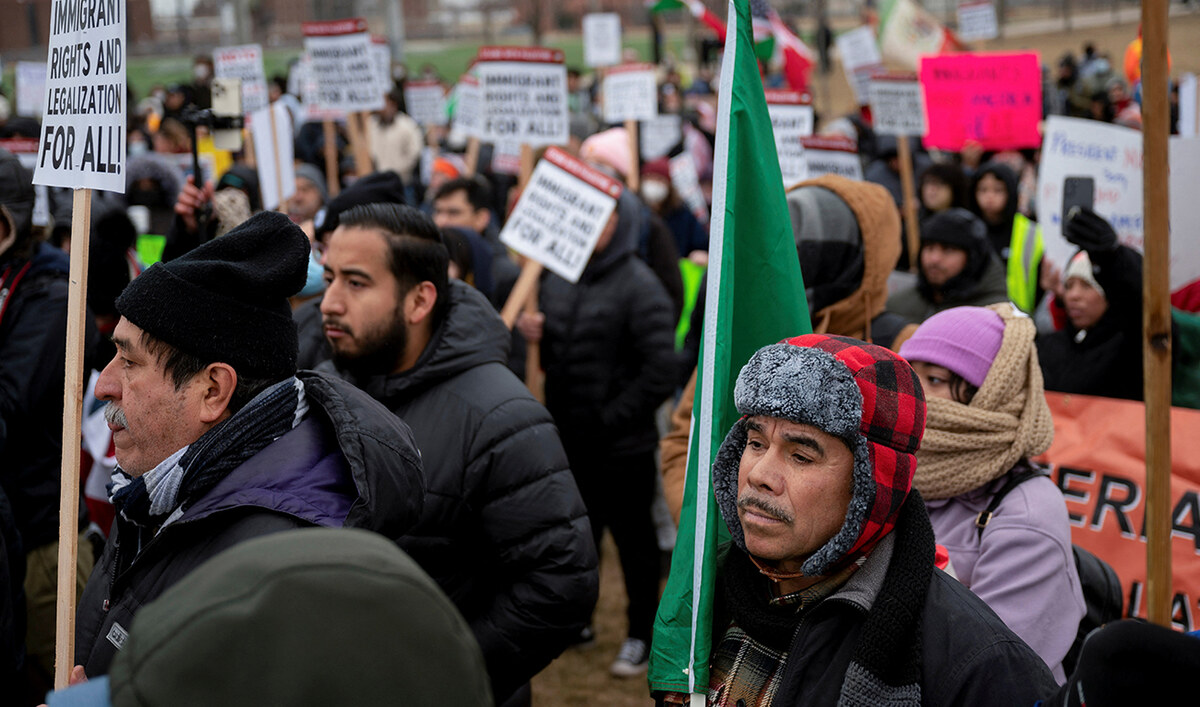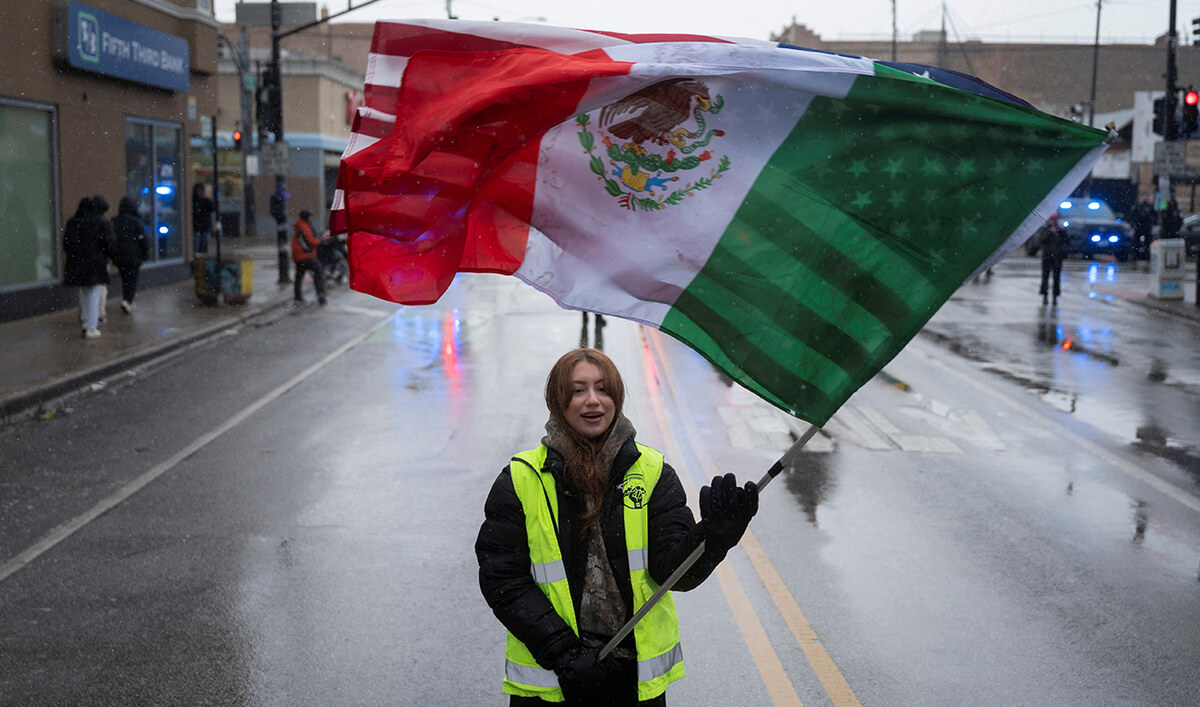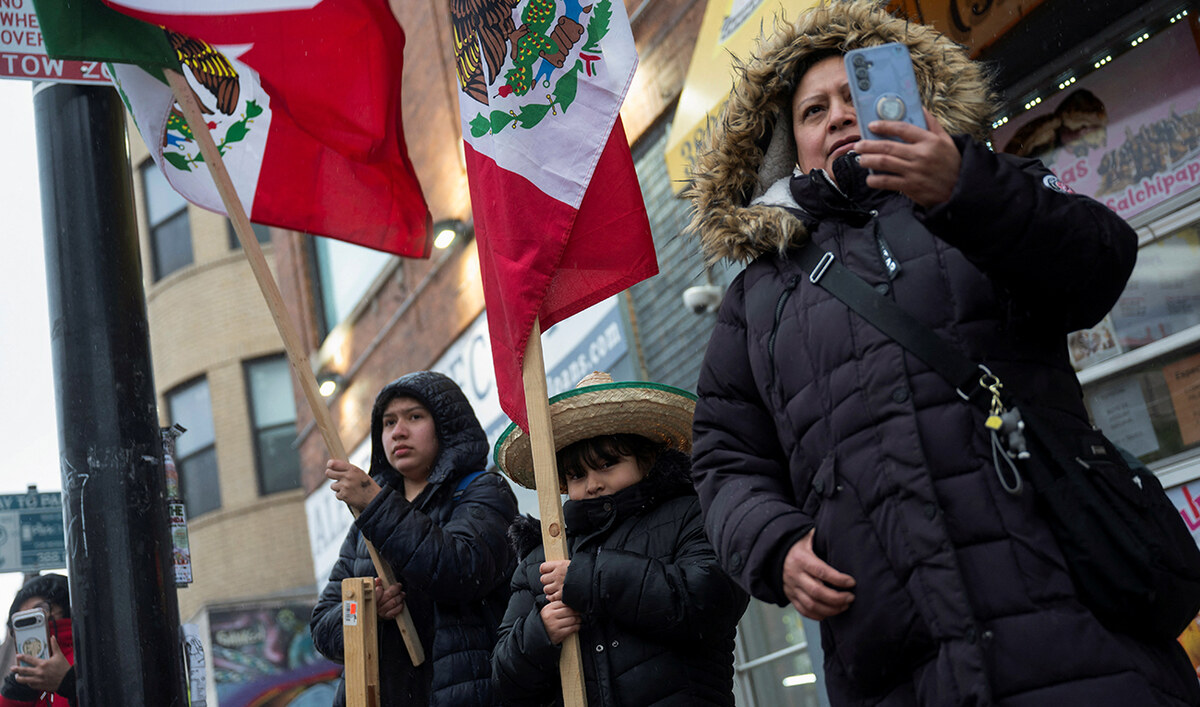WASHINGTON: Ukraine’s President Volodymyr Zelensky on Thursday called on NATO leaders to drop all restrictions on letting Kyiv strike inside Russia with Western weaponry as they wrapped up a three-day summit in Washington.
The 32-nation alliance has used the pomp-filled 75th anniversary gala in the US capital to showcase its resolve against Moscow and backing for Kyiv.
The gathering has been overshadowed by uncertainty in the United States as President Joe Biden — who will give a press conference Thursday — fights for his own political survival.
The Ukrainian leader joined his NATO counterparts after receiving promises of new air defenses for Ukraine and as allies began the transfer of long-promised F-16 jets.
But Zelensky called on Kyiv’s backers, especially the United States, to go further — including by giving his outgunned forces greater scope to strike inside Russia.
“If we want to win, if we want to prevail, if we want to save our country and to defend it, we need to lift all the limitations,” Zelensky said.
Key allies such as Washington and Germany relaxed conditions on Ukraine hitting inside Russia in May in response to Moscow’s offensive toward the second city Kharkiv, but they kept in place some limits on how far and under which circumstances Kyiv could strike.
“The only way to hit military targets, missile launchers or airfields which are conducting attacks against Ukraine is to hit military targets on Russian territory, because the frontline and the borderline is more or less the same,” NATO chief Jens Stoltenberg said.
NATO allies have put together a package of support for Ukraine including the pledge of more Patriot missile systems to defend the skies over the war-torn country.
Zelensky said he hoped to see the air defenses — including one new Patriot system from the United States — delivered “as soon as possible.”
NATO’s leaders at the summit once again risked disappointing Zelensky by refusing to issue Ukraine a clear invitation to join their alliance.
But in a bid to soften any upset, leaders called Ukraine’s path to membership “irreversible.”
They also pledged to provide Kyiv a minimum of 40 billion euros ($43 billion) in military support “within the next year.”
“We are doing and will continue to do everything to ensure that the day comes when Ukraine is invited and becomes a NATO member, and I am confident we will achieve this,” Zelensky said.
The United States on Wednesday also announced an important step to bolster NATO’s own deterrence against Russia in Europe by saying it would begin “episodic deployments” of long-range missiles to Germany in 2026.
The White House said it would eventually look to permanently station them in Germany, and the missiles would “have significantly longer range” than current US systems in Europe.
German Chancellor Olaf Scholz welcomed the move and said it would help “securing peace.”
But the Kremlin on Thursday struck back, saying it was planning “response measures” to contain the “very serious threat” from NATO, accusing the alliance of being “fully involved in the conflict over Ukraine.”
CNN meanwhile reported that the United States foiled a Russian plot earlier this year to assassinate the chief executive of a major German arms maker supplying weaponry to Ukraine.
Stoltenberg said he did not want to comment on those specific reports.
But he said there has been “a Russian campaign organized by the security services to conduct hostile actions against NATO allies, across the alliance, with sabotage attempts, with cyberattacks, with arson, with different types of hostile actions.”
“The purpose of this campaign is, of course, to intimidate NATO allies from supporting Ukraine, and what we have seen over the last months that NATO allies have not been intimidated,” he said.
Ahead of the sit-down with Zelensky, NATO shifted attention eastwards by welcoming the leaders of Australia, Japan, New Zealand and South Korea.
A strongly worded declaration from NATO released Wednesday called Beijing a “decisive enabler of Russia’s war against Ukraine” through its supplies of dual-use goods such as microchips that can help Moscow’s military.
China “cannot enable the largest war in Europe in recent history without this negatively impacting its interests and reputation,” NATO leaders said.
Beijing hit back by warning NATO to “stop hyping up the so-called China threat and provoking confrontation and rivalry.”
The United States has been pushing its European allies for years to pay closer attention to the challenges posed by China.
The Washington summit is the third such gathering attended by leaders from the four Asia-Pacific partners.
NATO agreed to several initiatives with the partner countries, including bolstering cooperation against cyberattacks and disinformation, and providing Ukraine non-lethal help.






























